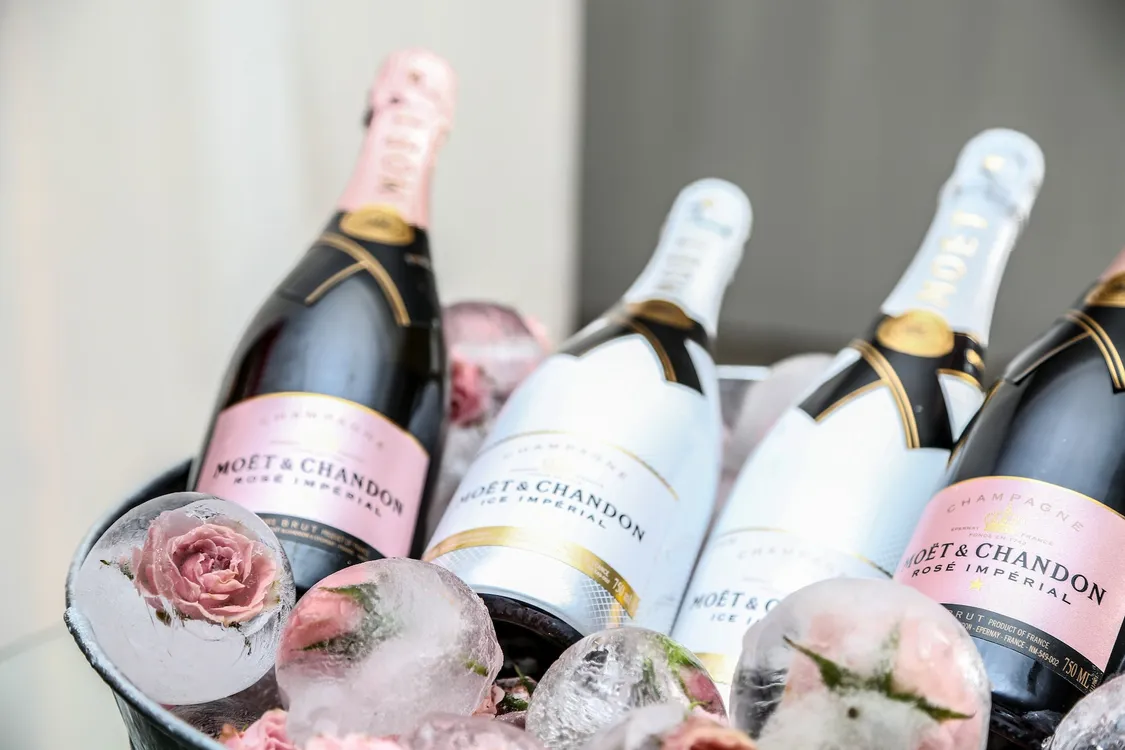Why does champagne cost more than Prosecco? Differences and factors influencing the price

Champagne and Prosecco are both beloved sparkling wines worldwide, but there are several reasons why Champagne costs more than Prosecco. In this article, we will explore the differences between these two beverages, analyzing the factors influencing the price of Champagne and making it a more expensive choice compared to Prosecco.
-
Production Method
One of the main differences between Champagne and Prosecco is the production method used to create the bubbles. Champagne is produced using the traditional method, known as ”méthode champenoise” or ”méthode traditionnelle”. This method involves a double fermentation in the bottle, giving the bubbles a finer and more persistent quality. This process is more laborious and time-consuming than the Charmat method used for Prosecco.
Prosecco is produced using the Charmat method, where the second fermentation takes place in large stainless steel tanks. This method is quicker and more efficient, resulting in lower production costs compared to the traditional method of Champagne.
-
Terroir and Grape Selection
Another factor influencing the price of Champagne is the terroir and grape selection. Champagne comes from the Champagne region in France, which has a cold climate and chalky soil. These specific conditions make the Chardonnay, Pinot Noir, and Pinot Meunier grapes grown in the region particularly prized and suitable for Champagne production.
On the other hand, Prosecco is mainly produced in various regions of northern Italy, such as Veneto and Friuli-Venezia Giulia. Although there are selected production zones for Prosecco, the grapes used, such as Glera, tend to be less prestigious and, therefore, less expensive than those used in Champagne.
-
Aging and Reserve
Champagne often requires a longer aging period than Prosecco, which can impact the price. Some Champagnes also include grapes from previous vintages, creating the categories of “reserve” or “millésimé,” offering even more distinctive characteristics. These reserve Champagnes are often more expensive due to the additional work and extended aging they require.
Prosecco, on the other hand, is generally produced to be consumed young and fresh, requiring less aging time in the cellar, reducing associated costs.
-
Brand Image and Prestige
Champagne is often associated with a brand image and prestige, which can influence the price. Renowned Champagne houses boast a long history of quality and tradition, creating added value and a higher price compared to many Proseccos. The exclusivity associated with the most famous Champagne brands helps position these beverages as luxury symbols, influencing the price asked for purchase.
Conclusions
In summary, Champagne costs more than Prosecco due to its historical roots, traditional production method, terroir and grape selection, aging period, and prestigious brand image. These combined elements contribute to creating a unique, refined, and celebratory beverage, often reserved for special occasions. On the other hand, Prosecco offers a more affordable and fresh alternative for daily consumption. The choice between these two beverages will depend on personal preferences and the occasions on which they will be consumed, ensuring a pleasant and satisfying tasting experience nonetheless.


